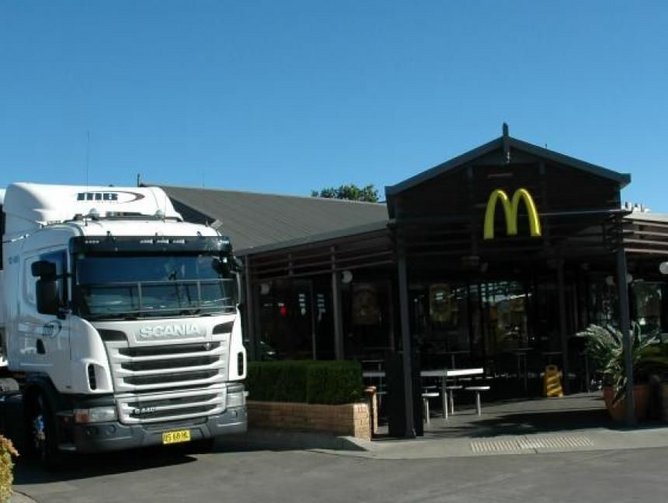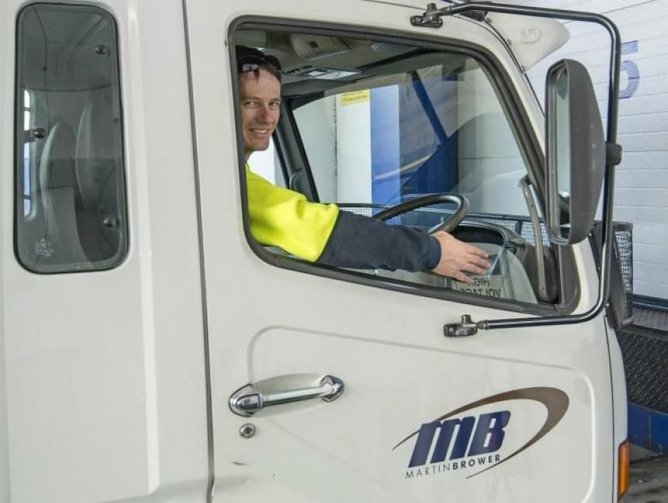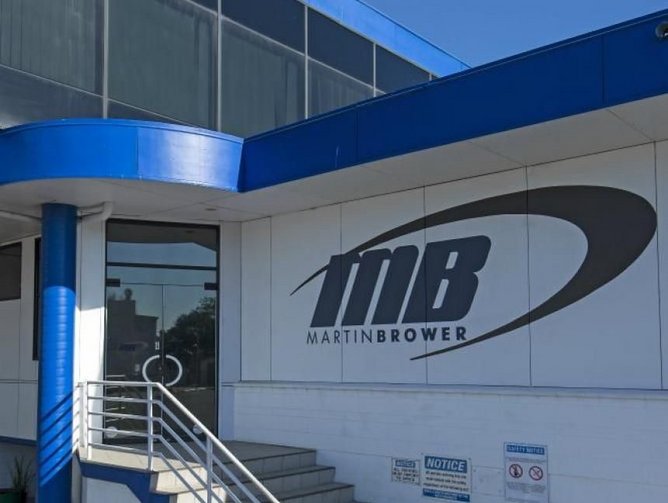Not just anybody can work for a company like Martin Brower. The ideal employee must have not just an ability, but a talent, to think differently. Employees like these have set up Martin Brower to support the second-best supply chain in the world and the world’s largest distributor for McDonald’s, in addition to handling distribution for Coca-Cola in parts of the US. But in an interesting turn of events, this company chooses to think more about its people and the success stories within its ranks.
Unsung hero
Martin Brower views itself as an extension of the McDonald’s supply chain in Australia and New Zealand. In addition to being a traditional logistics provider, the company also provides value-added services such as promotions and supplier production planning in markets like Australia and Canada.
In Australia & New Zealand, Martin Brower services 1,111 restaurants and makes an average of two-and-a-half deliveries a week to each. Martin Brower has managed over 160 new menu introductions to McDonald’s this year alone.
“We have a strong link with our customer; we’re pretty much an extension of them,” said Head of Supply Chain Karin Freeman. McDonald’s will research a menu concept, assign suppliers, negotiate prices to manufacture and we will take it from there.
“We provide fantastic analytical support, both in promotions and standard products across Australia and New Zealand. In addition, we also do the Happy Meal planning for New Zealand, and source and distribute all operational supplies.”
A former McDonald’s employee herself, Freeman led the McDonald’s supply chain in her native South Africa for seven years before spending the past six years at Martin Brower.
“One of the key things about where I am today in my career is that I’ve been fortunate to spend several years in leadership positions and being selective of who I work for throughout my career,” said Freeman. “That shrewdness just adds further to my experience.
“When I joined Martin Brower, they were on a journey and they needed people on board to help drive it. As a result, it’s been one of the most transformational supply chains in Australia.”
Thinking left field
While there is some glamour in being the logistics provider for one of the world’s largest companies, the role also brings a large amount of responsibility along with it.
“We had to transform ourselves and the only way to do that was to re-engineer our supply chain to adapt,” said Freeman.
With a very unique environment, customer culture and constantly changing procedures, Freeman said her team is forced to make decisions very quickly and on the fly in order to meet client expectations.
“It’s almost like we are building a plane in the air. We’re flying it and we’re building it at the same time. The skill set for people to thrive in this environment is very unique. It’s almost like you’re looking for a sales person who is a great communicator, has analytical skills and has some production planning experience. On top of that, a bonus is if they have some McDonald’s experience. To find all of that is almost impossible.”
With the help of its ace recruiting company Button Face, headed up by Executive Consultant Art Purdie, Martin Brower was able to change its entire recruitment and talent retainment strategy.
Because it’s so difficult to find the right fit, Martin Browner relies on having a good recruiter who knows what the company is looking for.
“Through Button Face, Art has really cleaned the process up for us. He gives his own view on the candidates, which is different than most recruiters. The supply chain area has really been an aspect he’s excelled in. We’re quite happy with the way it works and we don’t see anything changing.”
“We take really high personalities and train them up,” said Freeman. “It’s been a beautiful blend. I think there’s something to be said for the talent you bring on board and how they can adapt to these changes.
“I know by the time they get through to my table for the second interview that they are the best of the best and if given half the chance, will make it. They’ve got the drive, the energy and they can run with the pace.”
The right training for the right people
With a high focus on safety and an employee orientation plan that spans two weeks, new employees spend time with a variety of different people within their first few days on the job. There’s also a six-month probationary period for evaluations.
In addition, Martin Brower gives employees 30-, 60- and 90-day plans, providing a list of skills and milestones they need to develop during training. Meanwhile, managers meet with them to gauge their comfort level.
The training is essentially a buddy system, where Martin Brower puts new employees with a manager and a more experienced employee to show them everything they need to do. According to Freeman, it can take up to 18 months for a new supply chain employee to fully grasp all aspects of the job.
“The complexity of the training program is high because there are so many things that come with experience. We love to give employees a well-rounded experience, which is both operational customer facing and supply chain,” said Freeman. “Once you’ve planned a promotion from start to finish, you start seeing how everything fits into place.”
On top of their game
“Being a McDonald’s supplier doesn’t just fall in your lap,” said Freeman. “You have to work very hard, and you have to be extremely agile. We’ve changed our whole supply chain to be that.”
Since there is no interface technology that works with every supplier, there is a need for a platform that is common throughout. In the supply planning space, the only collaborative program in place to help with operations is Microsoft Excel.
Martin Brower has created an advanced version of the program, which gives visibility in any situation and at any point in time during a promotion.
“We’ve optimized it so much to make it simple for suppliers,” said Freeman. “What they see is very simple and easy, but on our end, it is an analytical monster.”
On the replenishment side, Martin Brower recently implemented JDA Manugistics in 2014. The company uses this tool to do all of its forecasting for both its standard products, as well as promotion management.
Next, the company integrates this forecast into Excel so both the replenishment and the supply planning teams receive the same information. This allows them to quickly notice if things are going wrong.
“We’re looking to simplify that process,” said Freeman. “Next year, we’ll begin working with McDonald’s on restaurant replenishment which is a big ticket item for both of us.
“As we move into the future, Martin Brower intends to continue to drive innovation for our customers as they evolve,” Freeman said.





